Tiffany & Co: pioneering diamond traceability
There’s much more to a Tiffany sparkle than meets the eye

Diamond traceability has become a hot topic in the jewellery industry. It’s not just a matter of gaining consumers’ trust, it’s a matter of protecting human rights and saving lives. The ability to quickly determine the mine of origin and follow the supply chain or “journey” of a gem from procurement to polish, cut and setting, eliminates conflict diamonds from the market, safeguards the livelihoods of a dedicated workforce and minimises the environmental impact of mining operations.
In 2019, Tiffany & Co became the first global luxury jeweller to provide provenance information of individually registered diamonds of 0.18 carats or larger, thanks to a unique “T&Co” serial number. Imperceptible to the naked eye, this number is etched by laser onto the surface of the stone, providing consumers with the geographic sourcing information specific to the diamond.
In October, the luxury marque went one better by sharing the full craftsmanship journey of its diamonds, including the country where each individually registered stone is cut, polished, and set. It’s a remarkably transparent initiative for a company so devoted to romance, whose reputation for handcrafting exquisite diamond pieces began in 1848 thanks to its namesake founder Charles Lewis Tiffany, dubbed “The King of Diamonds”.
The Week
Escape your echo chamber. Get the facts behind the news, plus analysis from multiple perspectives.

Sign up for The Week's Free Newsletters
From our morning news briefing to a weekly Good News Newsletter, get the best of The Week delivered directly to your inbox.
From our morning news briefing to a weekly Good News Newsletter, get the best of The Week delivered directly to your inbox.
Just as he made history in 1878, when he purchased the celebrated Tiffany Yellow Diamond - a mighty 287.42-carat rough stone that he had cut into a cushion-shape brilliant boasting a remarkable 82 facets - so Tiffany continues to break the mould with pioneering industry firsts. As well as this diamond craft initiative, it's important to note that 99% of Tiffany’s manufacturing workforce are hired from local communities.
Today, Tiffany sources 65% to 75% of its stones as rough diamonds, which all originate from known mines in countries including Botswana, Canada, Namibia, Russia and South Africa.
But of course, the allure of that little blue box is all down to the craftsmanship of what it carries - and there’s much more to a Tiffany sparkle than meet the eye. Only 0.04% of the world’s gem-grade diamonds meet Tiffany’s exacting standards and once diamonds are cut and polished, they are meticulously inspected by experts at Tiffany’s Gemological Laboratories in the United States. And one more thing about that famous little blue box: made from sustainably sourced paper with more than 89% recycled content, it has become an emblem for Tiffany’s leadership in sustainable luxury.
The Week spoke to Andy Hart, senior vice president of diamond and jewellery supply at Tiffany & Co, about the company’s ground-breaking diamond traceability initiative and unique vertical integration model. And because no Tiffany interview would be complete without an eye-popping high jewellery display, we’ve featured some of the marque’s most dazzling pieces.
A free daily email with the biggest news stories of the day – and the best features from TheWeek.com
Part of the Extraordinary Tiffany collection, the Golden Star (below) is a platinum and 18k yellow gold showstopper featuring more than 70 carats of mix-cut diamonds and culminating in a detachable pear-shaped fancy intense yellow diamond of more than 21 carats.
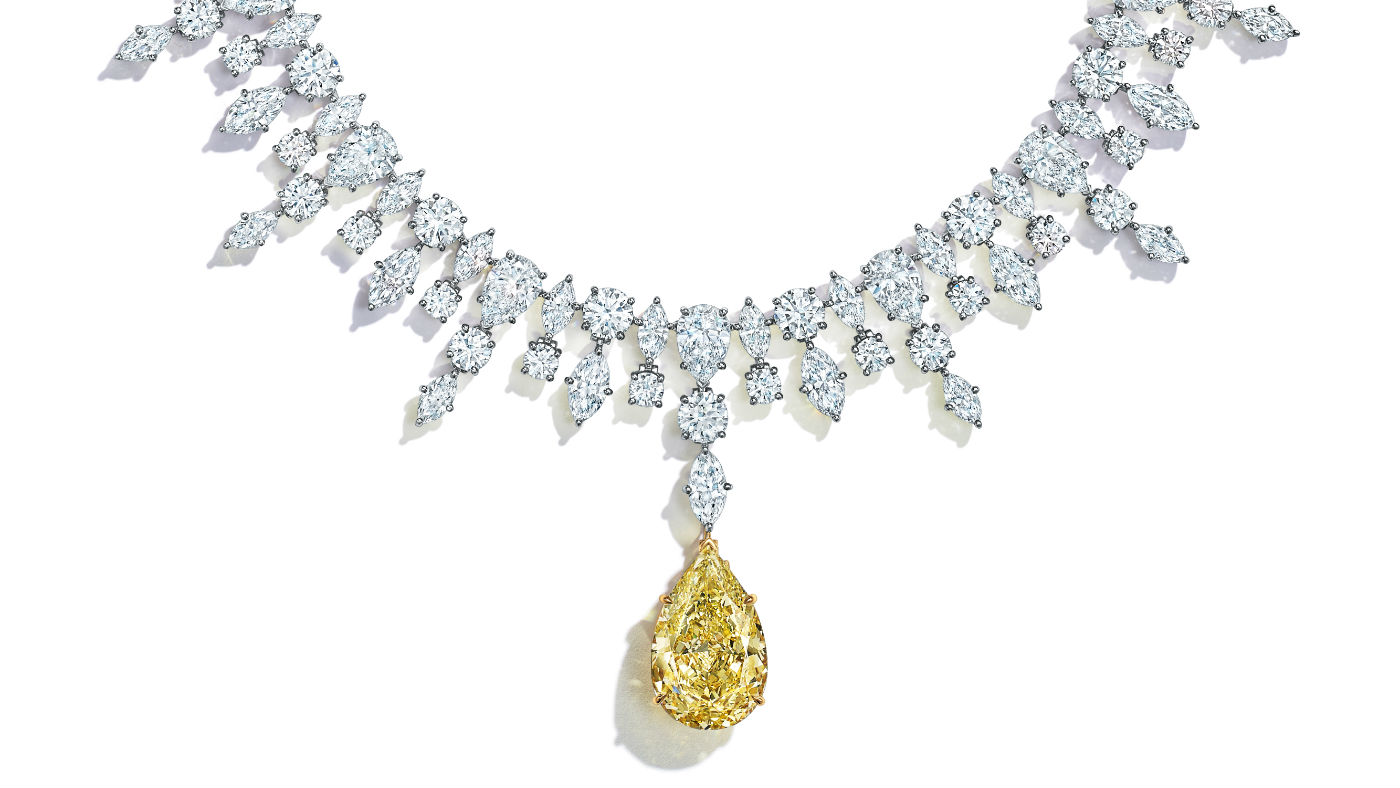
Tiffany & Co set a precedent with the initiative it launched last year providing information of diamond provenance. Now the jewellery house has gone one step further by providing customers with full traceability. Could you tell me why provenance alone was not enough?
Disclosing the country where each stone is crafted and set in jewelry marks an industry first. This follows our 2019 announcement that Tiffany would become the first global luxury jeweller to provide the provenance (region or countries of origin) of its individually registered diamonds. We had always planned to take this transparency to a new level and by sharing the full craftsmanship journey of its diamonds, Tiffany reinforces the brand’s commitment to ensuring that every step in the journey of its products contributes to the well-being of people and the planet.
Are Tiffany’s international workshops specialised in particular techniques?
Diamonds are expertly cut and polished by Tiffany artisans at our diamond workshops in Botswana, Mauritius, Cambodia and Vietnam. The former two workshops focus on serialised, individual registered diamonds (generally 0.18 carats and larger) for solitaire diamond jewellery including engagement rings. The latter two workshops focus on smaller melee diamonds such as pavé diamonds for fashion jewellery. Our workshops in New York and Kentucky are where jewellery is crafted and those diamonds are set.
The Golden Star necklace is truly remarkable. Could you tell me a little more about the provenance of the stones? I know that the main yellow diamond was mined in Botswana but what came first, the design or the diamond?
Generally, we source gemstones to realise the creative direction of our talented jewellery designers led by chief artistic officer Reed Krakoff. On occasion, and in the case of the Tiffany Golden Star, we acquire a gemstone that’s so rare or unique, the creative team will design a magnificent piece of jewellery around it. The 21 carat fancy intense yellow diamond center stone in the Tiffany Golden Star necklace was sourced from Botswana, cut and polished in Antwerp, and set in the United States.
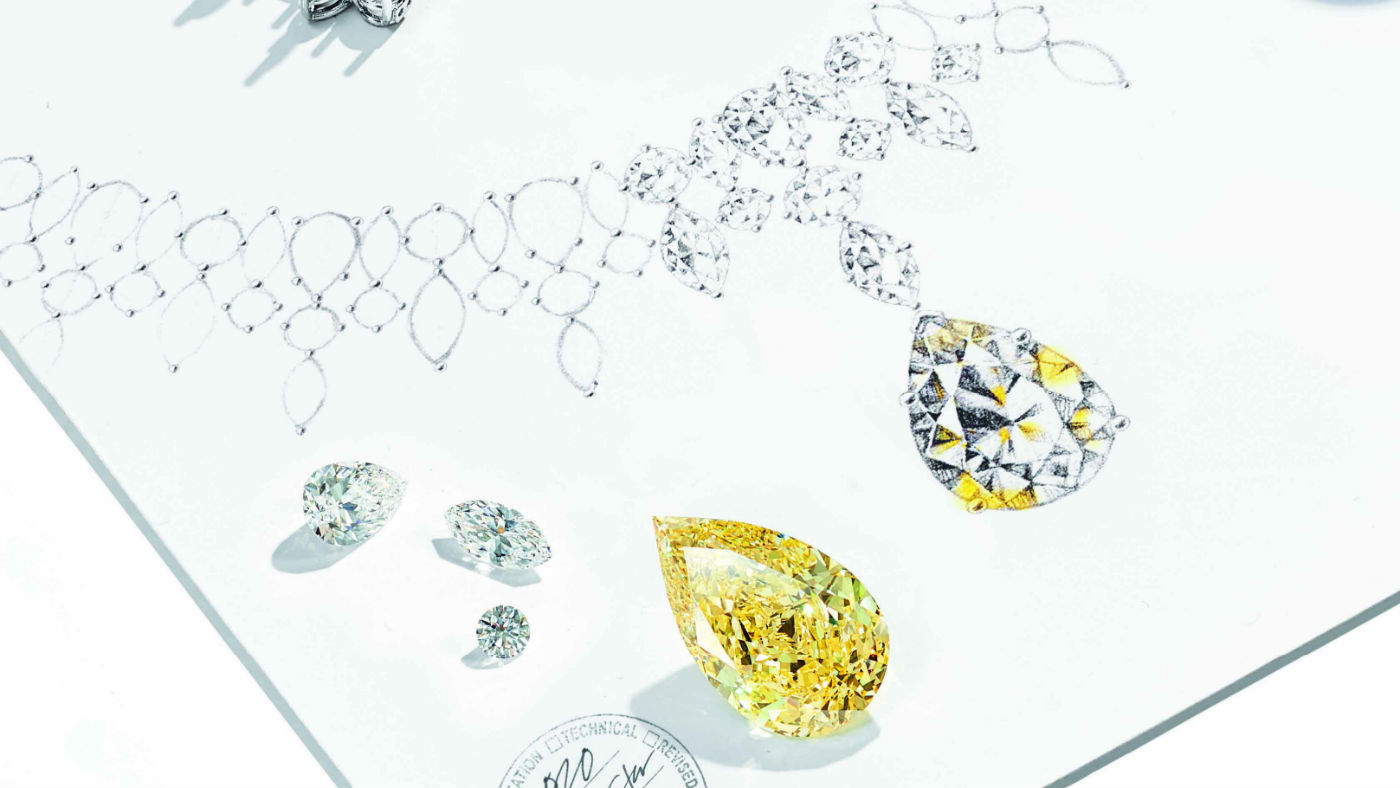
How has Tiffany & Co helped the local economy in Botswana?
As a company with a long history of social and environmental responsibility, we believe in respecting the Earth from which our raw precious materials are drawn, and the people who transform those precious metals and gemstones into beautiful jewels.
Because of our vertical integration, we are able to create a best-in-class environment for the people working in our diamond and jewelry workshops in Botswana and around the world.
This gives us the confidence that our diamonds are made to our exacting standards, and it also supports the economic potential of these regions because we are investing in local communities. We hire and train local artisans. We are proud to pay a living wage to skilled workers and provide a safe, welcoming workplace for our employees.
The US dollar equivalent of beneficiation paid by Tiffany & Co. in Botswana in 2019 is more than $59m (£43.9m). This amount includes payments to domestic suppliers for rough diamonds, local partner fees, materials and services, taxes, community donations, training and development, income taxes and payroll and benefit costs related to the facility and local employees.
Is it true that each diamond - more than .18ct - will carry a serial number etched into the stones by laser?
Correct, we are tracing each individually registered diamond by a unique “T&Co” serial number etched by laser and invisible to the naked eye. This information can be found on the Tiffany Diamond Certificate, which certifies the authenticity and integrity of serialised Tiffany diamonds. This document contains vital statistics related to your diamond, from its grades based on the 4Cs to its provenance information, full craftsmanship journey and its unique laser-inscribed serial number. This information will also be available from any sales professional at the case line.
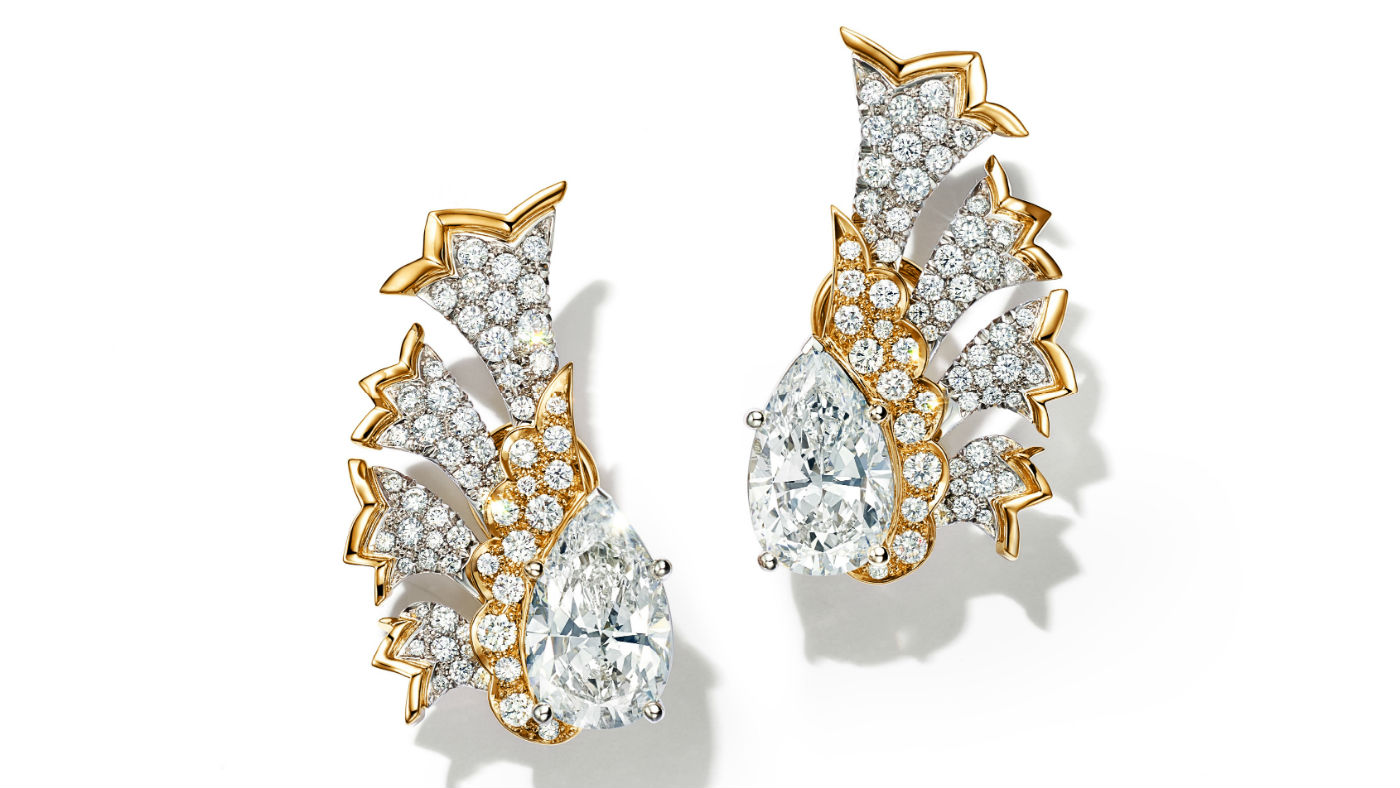
What about existing customers? Are they able to enquire about the provenance of diamond pieces bought prior to 2019?
The origin of some diamonds that pre-date this initiative, known as Tiffany Heritage stones, may have unknown provenance. However [they] were sourced with Tiffany’s superlative standards, which exceed the Kimberley Process Certification Scheme requirements for rough diamonds, and for polished stones, are sourced in accordance with Tiffany’s Diamond Source Warranty Protocol. Tiffany Heritage stones make up a nominal percentage (low single digits) and are shrinking every day, as we have committed to only source diamonds of known provenance moving forward.
How do you ensure that high standards are met during the mining process?
We helped launch the Initiative for Responsible Mining Assurance (IRMA), and we worked closely with them to put out a groundbreaking new standard that provides the world’s first shared definition of leading practices for large-scale mining operations. The IRMA standard was co-created with mining companies, labour unions, NGOs, affected communities, and businesses that use mined material, such as Tiffany, leading to a credible, rigorous standard.
While Tiffany & Co doesn’t own or operate any mines, we work globally to improve the practices of both large- and small-scale mining operations. In addition to, of course, building traceability within our supply chain, we strive to create change in the mining sector through our standards-setting efforts, philanthropy and advocacy. We envision a mining sector that operates with sound governance, protects the environment, minimizes its environmental impact, promotes responsible labor practices and a healthy work environment, engages with local communities, and respects the rights and freedoms of all people affected by the business.
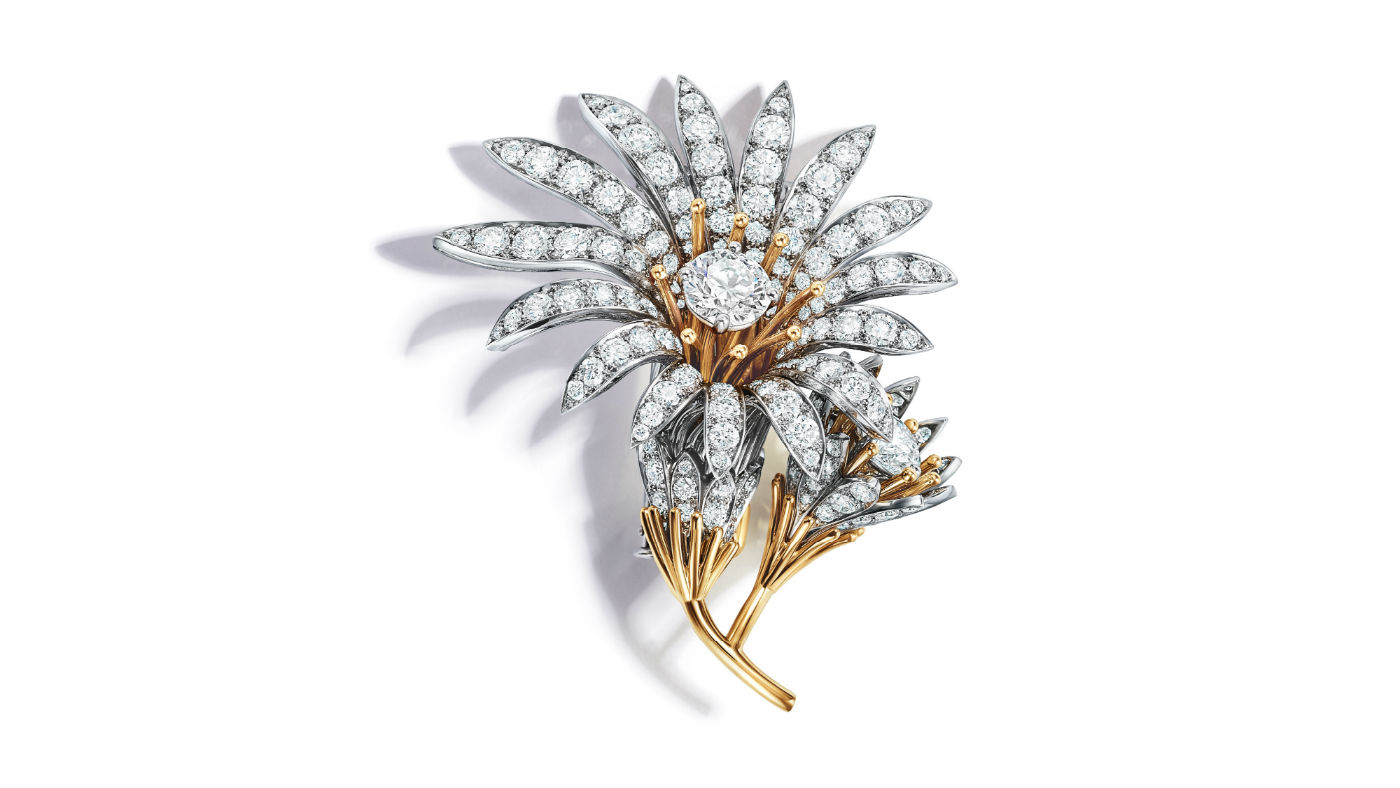
You have been with the company since 1999. You must have seen some incredible pieces during this time. Do you have any favourites?
The new Tiffany True cut diamonds are spectacular and the design of the ring and the setting blends perfectly the brilliance of the diamond and the modern look and feel of the ring. This is an example of our designers and gemologists working together at their best to create beautiful and distinctive diamond jewelry. Of course my all time favorite is the Tiffany Diamond, the world-famous 128.54ct yellow diamond discovered in the Kimberley diamond mine in South Africa in 1877. I have had the opportunity to hold it in my hands and examine it close-up and I can tell you the experience is magical.
What other steps towards sustainability is Tiffany & Co taking to ensure a greener footprint?
To further our commitment to sustainability, we’re proud to share that we recently launched a comprehensive set of 2025 Sustainability Goals: a bold roadmap outlining the Company’s sustainability priorities for the coming years. These commitments across our pillars of “Product, People and Planet” are based on the results of a robust assessment of Tiffany’s social and environmental impact and opportunities, developed in alignment with the United Nations’ Sustainable Development Goals. Looking forward to all we will achieve in the upcoming years guided by these goals.
-
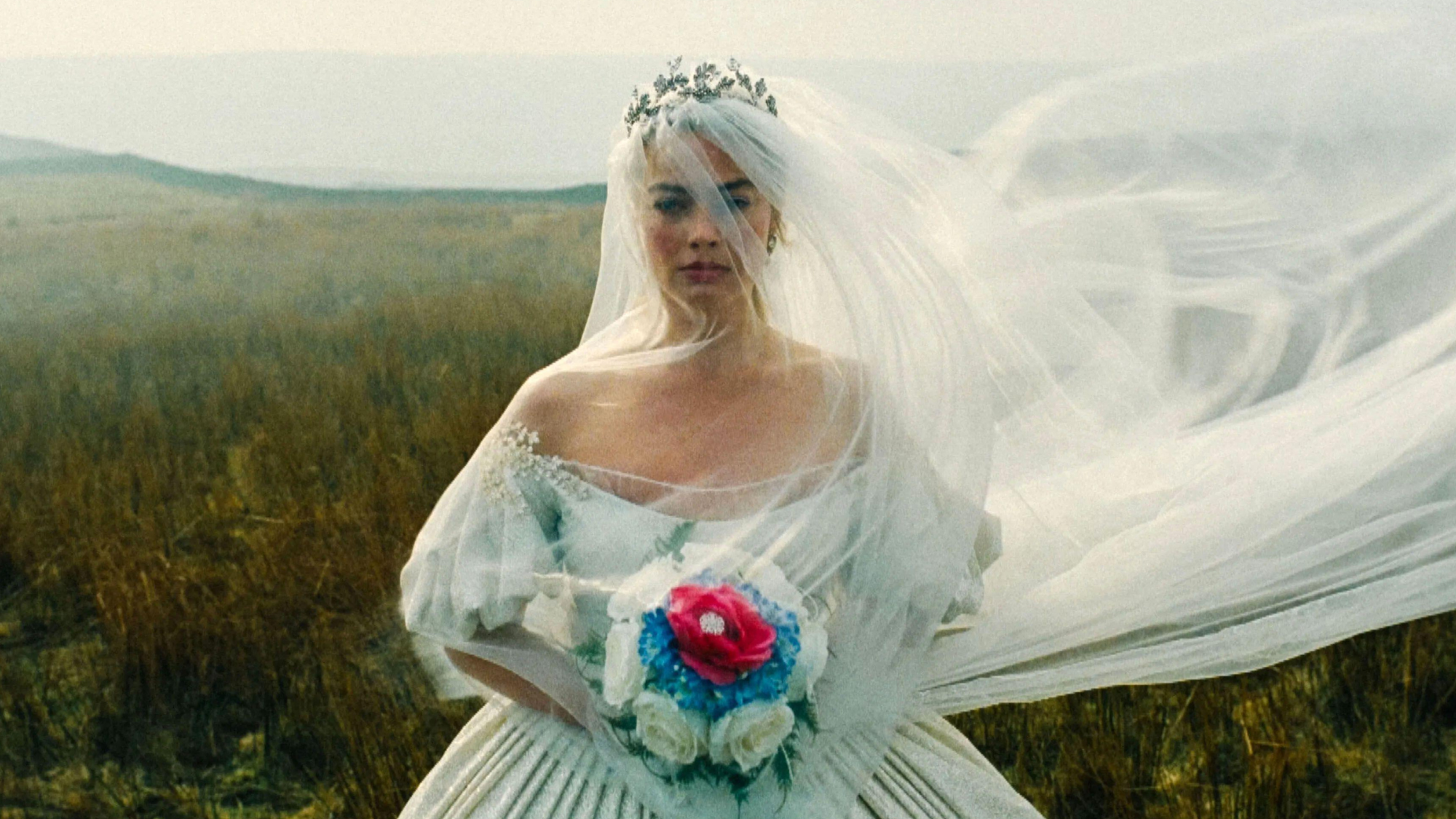 The most anticipated movies of 2026
The most anticipated movies of 2026The Week Recommends If the trailers are anything to go by, film buffs are in for a treat
-
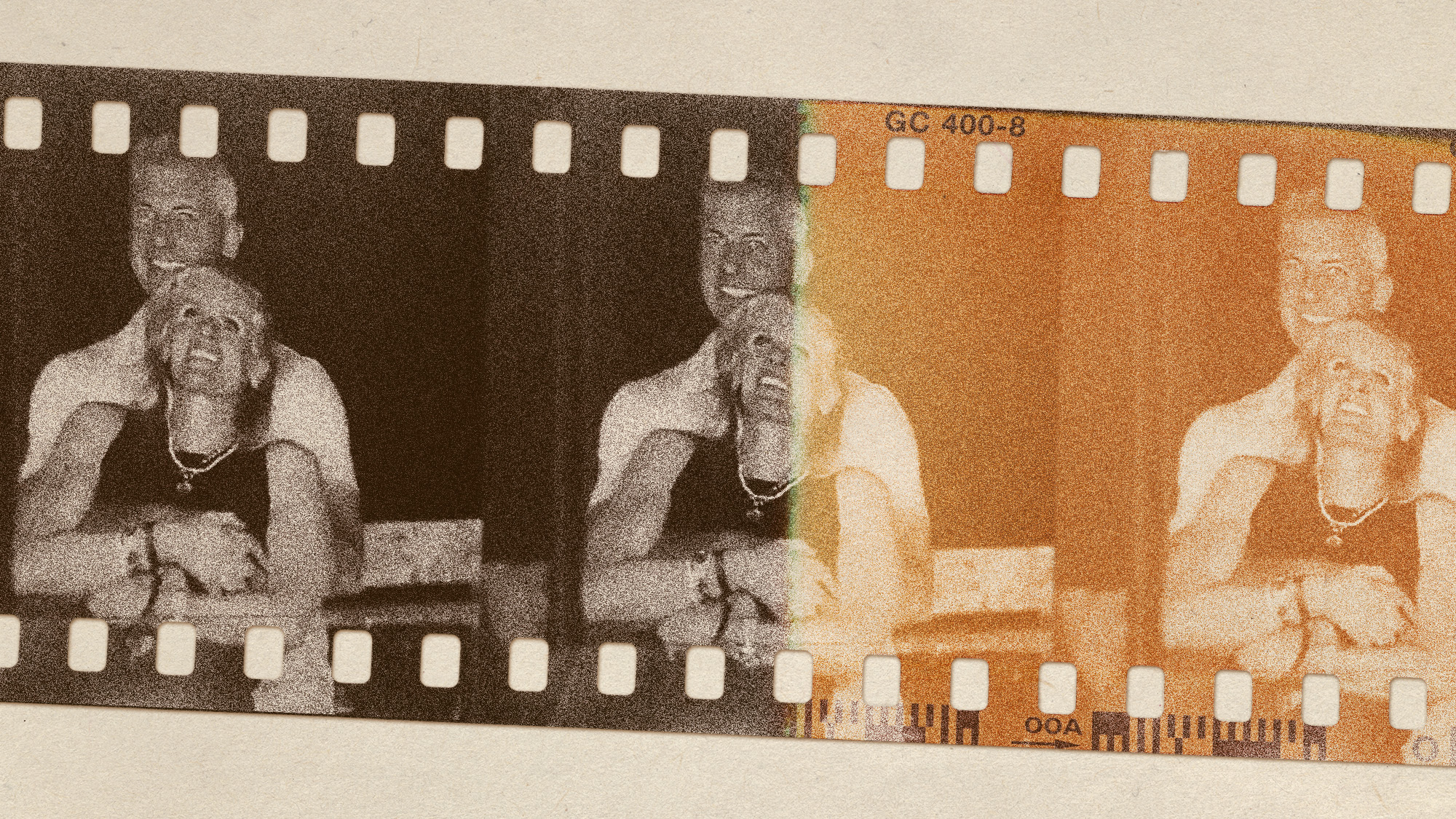 The biggest viral moments of 2025
The biggest viral moments of 2025In the Spotlight From the Coldplay concert kiss cam to a celebrity space mission, these are some of the craziest, and most unexpected, things to happen this year
-
 Environment breakthroughs of 2025
Environment breakthroughs of 2025In Depth Progress was made this year on carbon dioxide tracking, food waste upcycling, sodium batteries, microplastic monitoring and green concrete